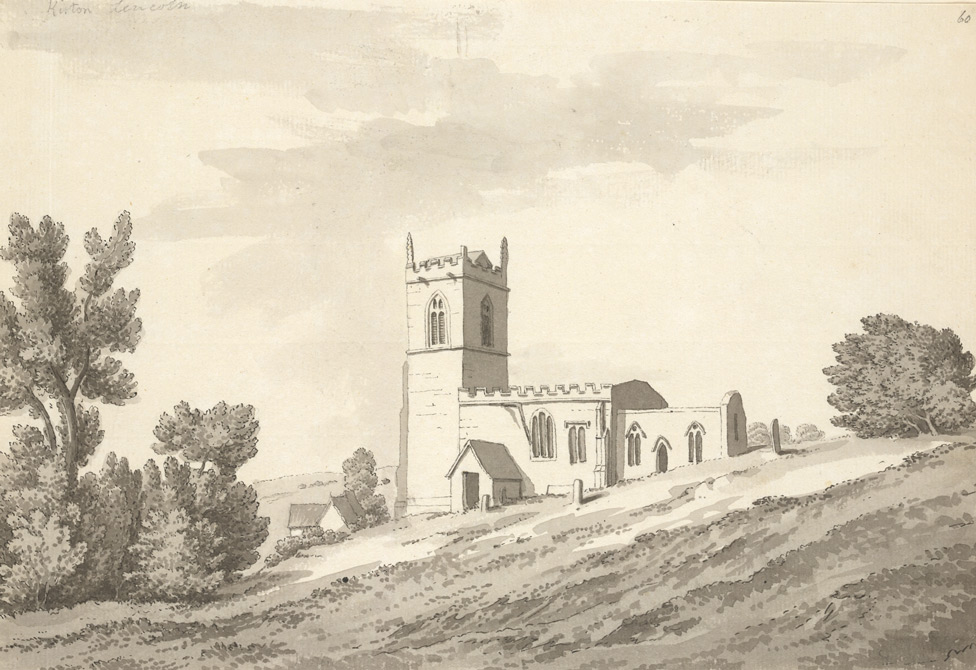Village History

A Brief History
N.B. If you have any historical information about Kirton please let us know so that we can include it in the village history.
Whilst the history of Kirton is sketchy the village has a starting point in Saxon times and then was occupied by the Danes times. . Kirton has always been recorded as a farming village; from the saxon farmers through to the hop farmers of the 18th century and now with more modern farms. With its location being so close to Sherwood Forrest, Ruffed Abbey and the various estates of the Dukeries we can only imagine the deep history the lays within the village.
Mentioned in the Domesday book Kirton has undergone some major changes and events in its history.
The origins of the village my be traced back to about 2000 years go as nearby Roman settlements seem to indicate. Originally recorded as Schridington, the name has evolved over the centuries with changes in language and occupancy to Kirketon - literally translated as "a farmstead with church and its present day title of Kirton.
Kirton was typical of many Nottinghamshire villages. The economy was based on agriculture with almost all the farms being tenanted. Farms could often provide work for all the members of one family. In addition, annual migrant workers were employed on the land, often living with the employer. Many families had lived in the village or locality for generations. This is of significance as families, still living in Kirton at the time of the war, could trace their roots within the village. Even today, several residents can trace their ancestors to at least the 19th century.
The village was not large, around 998 acres. It had been owned by the Clerkson family from the 16th century. It had passed to the Gally Knights and then to the Fitzherberts. By the time the Fitzherberts had acquired Kirton in 1846 the village population was around 265. There were 133 males, 132 females and 42 occupied houses. The 1841 census lists 9 farmers; John Gilbert, George Bellamy, Samuel Hempsall, John Whitehead, John Young, Jasper Manuel, Joseph Hall, Henry Jebson and William Frogson. The majority of the population were engaged in agriculture being farmers or agricultural labourers. Other trades listed included tile maker, brickmaker, publican (x2), hawker, blacksmith, shoemaker, wheelwright, gardener and higgler.
Kirton was then in the Parliamentary constituency of East Retford and Bassetlaw.